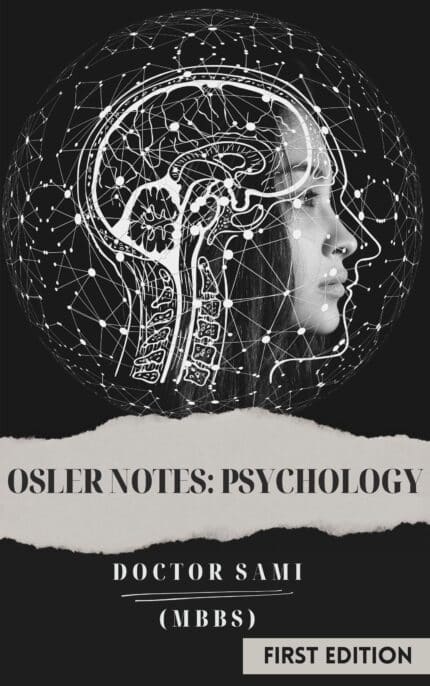
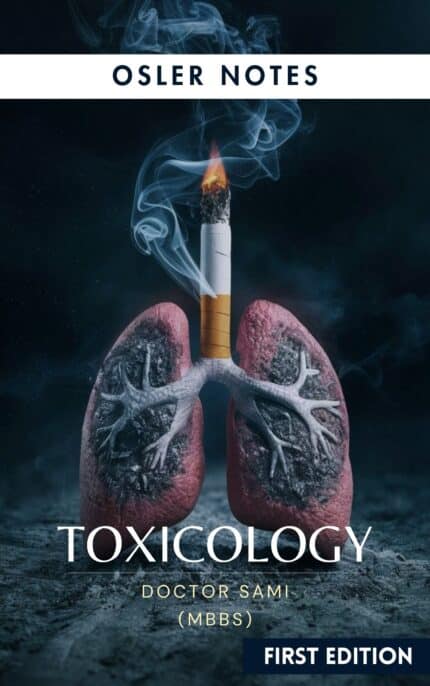
ABG Interpretation
$70.00 Original price was: $70.00.$55.00Current price is: $55.00.
🎬 The VFX of Clinical Medicine — Master the Art of Arterial Blood Gases
ABG is one of the most challenging tools to master—and one of the most neglected subjects in medical education.
When I was a young medical student, I struggled to make sense of it:
📉 The numbers felt abstract.
🧩 The patterns didn’t click.
❓And I didn’t know how any of it could guide real clinical decisions.
But everything changed when I started connecting the lab values with clinical logic.
When I saw how ABGs could reveal the hidden stories behind a patient’s metabolic or respiratory status,
I realized something amazing:
👉 ABG interpretation is like VFX magic 🎥—not for film editors, but for clinicians.
In this book, I’ll walk you through how to:
🧠 Build diagnostic algorithms for every acid-base and oxygenation disorder
🔍 Decode ABGs and connect them to clinical signs, symptoms, and decisions
🫁 Understand metabolic & respiratory disorders not just in theory, but in real-life practice
📚 Bridge the gap between textbooks and the bedside, with clean structure and clinical flow
🔥 Bonus Point: This book is packed with dozens of real-world examples 🏥📖 designed to deepen your understanding 🧠 ⚡️—so you’re not just learning medicine, you’re living it 👨⚕️👩⚕️.
What You’ll Learn in This Book
1. 📖 Introduction
🔍 A quick yet essential overview of acid-base balance, emphasizing its clinical relevance in diagnosing and managing a wide range of conditions.
2. ⚖️ Normal Acid-Base Regulation
🫁 How the body maintains pH through buffering systems, respiratory control of CO₂, and renal handling of bicarbonate.
3. 🧪 Simple Acid-Base Disorders
📊 Learn to identify and differentiate the four primary disorders: metabolic and respiratory acidosis and alkalosis, using a clear diagnostic approach.
4. 🔄 Compensation & Mixed Disorders
🧐 Understand how the body compensates for each acid-base disturbance, and how to spot mixed disorders when compensation doesn’t match the expected pattern.
5. 🧮 The Anion Gap
💡 A core tool for evaluating metabolic acidosis—how to calculate it, interpret it, and use it to uncover hidden causes of acidosis.
6. ➗ The Delta Ratio
📏 Refines the interpretation of elevated anion gap acidosis by helping detect concurrent metabolic alkalosis or normal anion gap acidosis.
7. ⚖️ Mixed Acid-Base Disorders with Normal pH
🔬 Reveals how opposing acid-base disturbances can result in a normal pH, and why it’s crucial to evaluate beyond the pH alone.
8. 🔥 Elevated Anion Gap Metabolic Acidosis
🔍 A practical approach to the differential diagnosis—covering key causes like ketoacidosis, lactic acidosis, uremia, and toxins—with a clinical algorithm to guide reasoning.
9. 💧 Normal Anion Gap Metabolic Acidosis
🧭 Differential diagnosis of hyperchloremic acidosis due to GI bicarbonate loss (e.g., diarrhea) or renal causes (e.g., renal tubular acidosis), with an algorithmic strategy.
10. 🌊 Metabolic Alkalosis
🔄 Breaks down causes by assessing volume status and urine chloride levels, and builds a step-by-step method to interpret labs and guide treatment.
11. 😮💨 Respiratory Acidosis
🫁 Reviews acute and chronic hypoventilation causes (e.g., COPD, CNS depression).
12. 😤 Respiratory Alkalosis
⚡ Covers clinical situations leading to hyperventilation (e.g., Hypoxemia), and how to use ABGs to confirm diagnosis.
13. 📊 A Comprehensive Overview of Acid-Base Analysis
📝 A full, step-by-step framework for interpreting ABG results in real-life practice—starting with pH, then PaCO₂, HCO₃⁻, and compensation.
14. 💡 Pearls & Pitfalls of Acid-Base Analysis
🚧 Practical tips and cautionary points to avoid common ABG interpretation errors.
15. 🌬️ Oxygenation & A-a Gradient
🫀 How to assess oxygenation status, calculate the alveolar-arterial gradient, and use it to detect shunt physiology , ventilation-perfusion mismatch, and impaired diffusion.
16. 💨 The Effect of Supplemental Oxygen
🎈 Understand how oxygen therapy alters ABG readings and oxygen gradients, and how to interpret results in the context of ongoing oxygen administration.
17. 🫁 Hypoxia & Hypoxemia: Mechanisms and Etiologies
🧠 Categorizes the five major causes of hypoxemia (e.g., low FiO₂, diffusion defects, V/Q mismatch) and explains how to differentiate them with ABG and clinical clues.
18. 🩸 Dyshemoglobinemia
🩸 Describes how abnormal hemoglobin forms (like carboxyhemoglobin and methemoglobin) impair oxygen delivery, often with normal PaO₂, and how to detect them.
19. 📚 Using the ABG to Create a Unified Model of Human Pathophysiology
🧠 Connects ABG interpretation to broader clinical insights, helping you see acid-base status as a window into the underlying pathophysiology of disease.

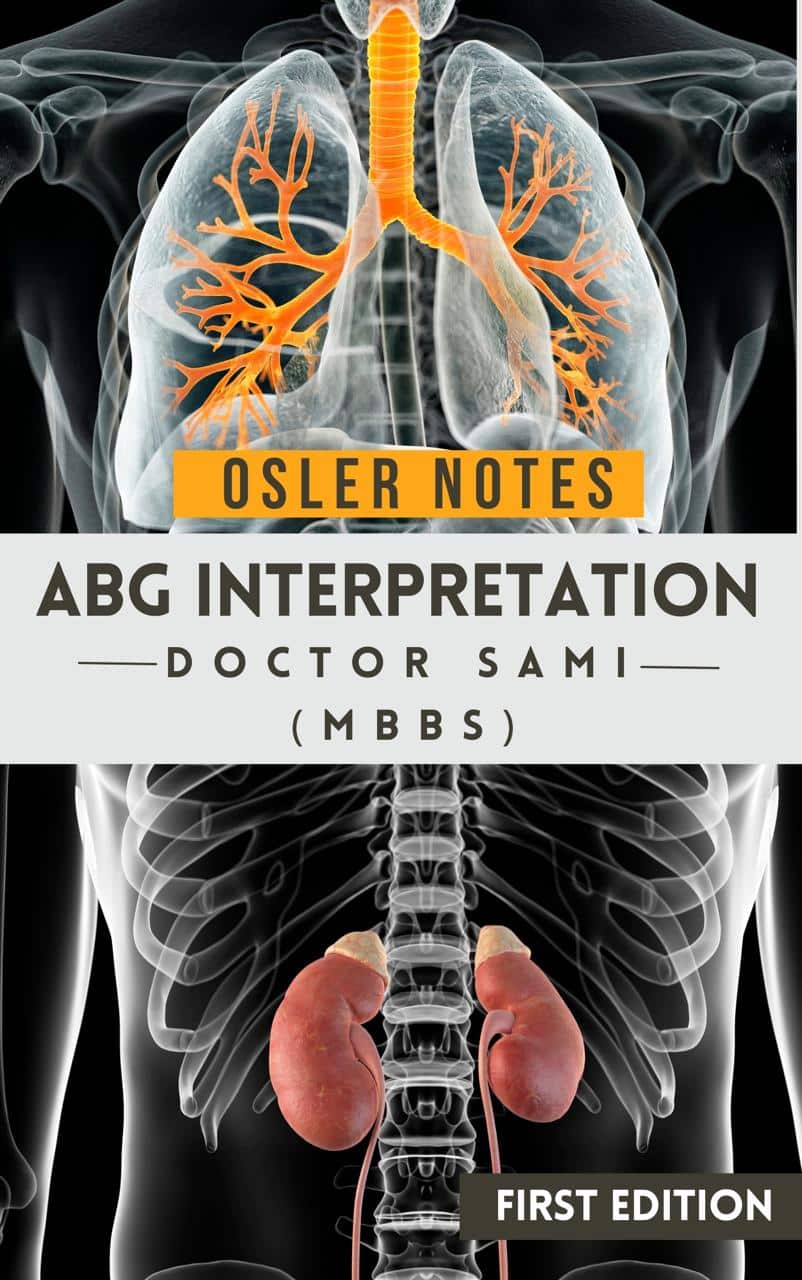
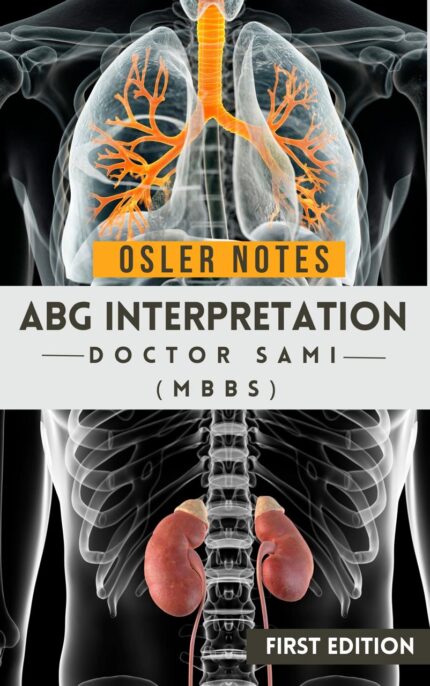

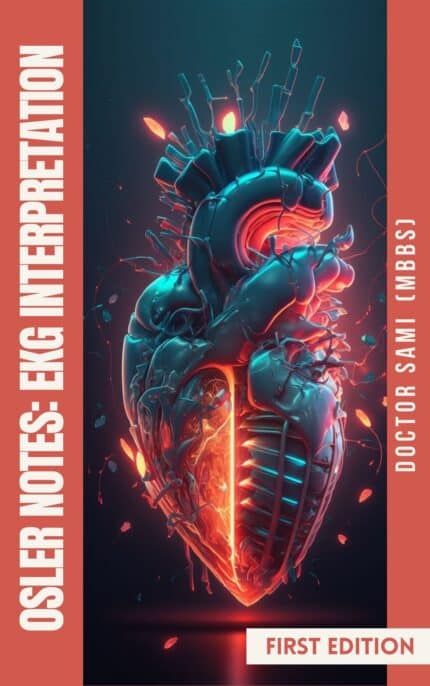
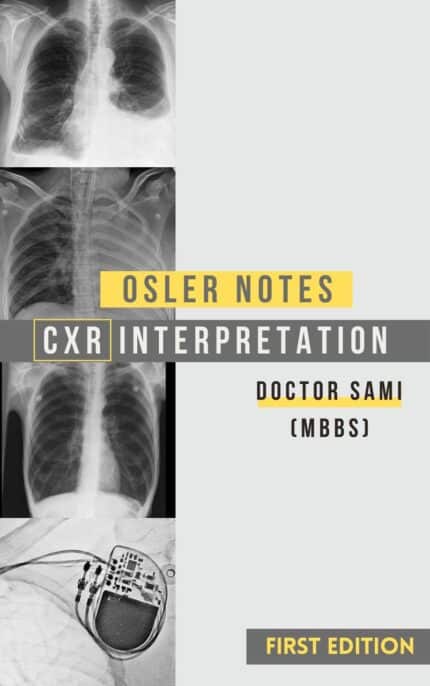
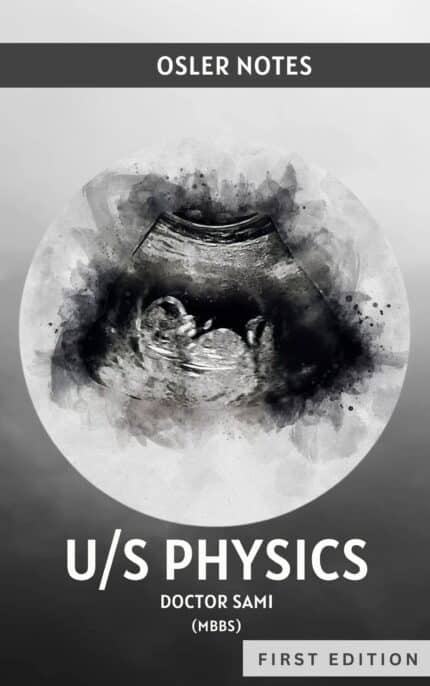
Reviews
There are no reviews yet.